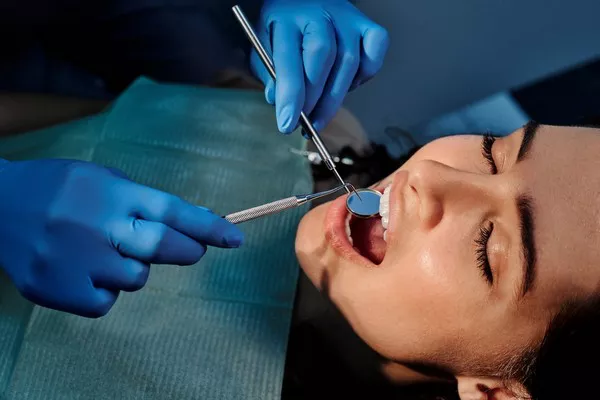Gingivitis is a prevalent oral health condition characterized by inflammation of the gum tissues surrounding the teeth. It is considered the mildest form of gum disease and often precedes more serious conditions like periodontitis. Understanding the commonality of gingivitis is crucial for raising awareness about its implications and promoting preventive measures. This article delves into the prevalence of gingivitis, highlighting its global impact and associated risk factors.
The Global Burden of Gingivitis
Gingivitis represents a significant public health concern worldwide. According to the Global Burden of Disease Study, conducted by the Institute for Health Metrics and Evaluation, oral diseases affect billions of people globally, with periodontal diseases being the sixth most prevalent condition in the world.
Multiple studies have reported varying rates of gingivitis prevalence, making it challenging to establish an accurate global estimate. However, it is widely accepted that gingivitis affects a substantial portion of the population across age groups and geographical regions.
Risk Factors for Gingivitis
Several risk factors contribute to the development and progression of gingivitis. By understanding these factors, individuals can make informed decisions to mitigate their risk of developing the condition. Key risk factors include:
a) Poor Oral Hygiene: Inadequate oral hygiene practices, such as infrequent brushing and insufficient flossing, provide an environment conducive to plaque accumulation, leading to gingivitis.
b) Dental Plaque and Calculus: Dental plaque, a biofilm consisting of bacteria and food debris, forms on tooth surfaces and along the gumline. When not removed through proper oral hygiene, plaque hardens into calculus or tartar, further exacerbating gum inflammation.
c) Tobacco Use: Smoking cigarettes or using tobacco in any form increases the risk of gingivitis. Tobacco products impair blood flow to the gums, weaken the immune system, and hinder the healing process.
d) Hormonal Changes: Hormonal fluctuations during puberty, pregnancy, and menopause can make the gums more susceptible to inflammation and gingivitis.
e) Diabetes: Individuals with diabetes are at a higher risk of developing gingivitis due to impaired immune function and increased susceptibility to infections.
f) Medications: Certain medications, such as anticonvulsants, immunosuppressants, and oral contraceptives, can cause gum overgrowth, making plaque removal challenging and increasing the likelihood of gingivitis.
g) Genetic Factors: Research suggests that certain genetic variations may predispose individuals to gum disease, including gingivitis. However, more studies are needed to establish the precise genetic links.
Age and Gingivitis
Gingivitis can affect individuals of all age groups, but its prevalence tends to increase with age. Older adults may experience a higher incidence of gingivitis due to factors such as reduced manual dexterity for effective oral hygiene, underlying health conditions, and the cumulative effects of poor oral care over time.
Children and adolescents are also vulnerable to gingivitis, particularly during hormonal fluctuations in puberty. Establishing proper oral hygiene habits at an early age is crucial in preventing the onset and progression of gingivitis throughout life.
Socioeconomic Factors and Gingivitis
Socioeconomic factors play a significant role in gingivitis prevalence. Limited access to dental care, including preventive services and professional cleanings, often results in a higher incidence of gingivitis in underserved populations. Additionally, inadequate education on oral hygiene practices, limited awareness about the importance of dental health, and unhealthy dietary choices contribute to higher rates of gingivitis in economically disadvantaged communities.
Prevention and Management
Preventing gingivitis requires a comprehensive approach that includes personal oral hygiene practices, regular dental visits, and lifestyle modifications. Key preventive strategies include:
a) Proper Oral Hygiene: Brushing twice a day with fluoride toothpaste, flossing daily, and using antimicrobial mouth rinses can significantly reduce plaque accumulation and lower the risk of gingivitis.
b) Regular Dental Check-ups: Routine dental examinations allow for early detection and prompt treatment of gingivitis. Professional cleanings remove plaque and calculus buildup, helping prevent gum inflammation.
c) Education and Awareness: Public health initiatives should focus on promoting oral health education, emphasizing the importance of proper oral hygiene practices and regular dental care.
d) Smoking Cessation: Encouraging tobacco users to quit smoking or using tobacco products is crucial in preventing or managing gingivitis.
e) Healthy Lifestyle: Adopting a balanced diet rich in fruits, vegetables, whole grains, and lean proteins, while limiting sugary foods and beverages, supports overall oral health and reduces the risk of gingivitis.
Related Topics:































